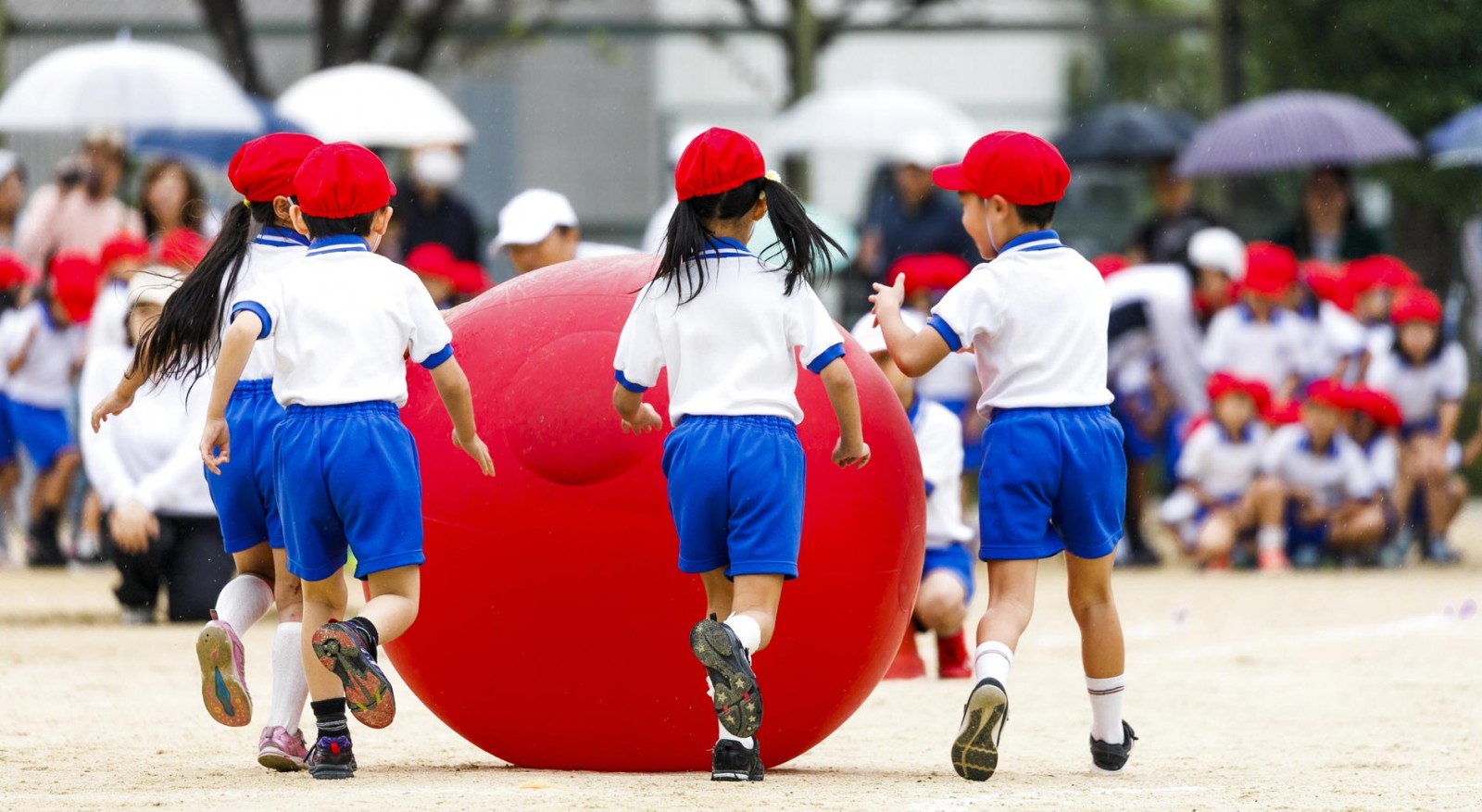Physical education (PE) classes in school, school-based extracurricular club activities, and community sports clubs play key roles in shaping young people's sport life. This article explores this fact further through the SSF long-term surveys.
We use cookies to optimize and continuously improve our website for individual users. By closing this banner or continuing to view the website, you are agreeing to the use of cookies for this purpose, as detailed in our Privacy Policy.
Physical education (PE) classes in school, school-based extracurricular club activities, and community sports clubs play key roles in shaping young people's sport life. This article explores this fact further through the SSF long-term surveys.
In the 2021 SSF National Sports-Life Survey of Children and Young People*1, more than half of children and young people in Japan responded that they like engaging in exercise and sports (Figure 1). The frequency and preferred types of exercise and sports participation vary to a certain extent among different age and gender groups, as illustrated in the figures and list below.
On the other hand, in the results of Physical Fitness Tests*2, we have observed a long-term decline in the overall motor skills of children and young people since 2019. The Physical Fitness Test is conducted by the Japan Sports Agency annually for fifth-year elementary school students and second-year junior high school students. Its purpose is to clarify the current state of physical fitness and exercise capacity, and to provide guidance on physical education and sports activities. The result summary released by the Japan Sports Agency*2-1 indicates that the decline is attributable to factors such as the total hours of sports participation among children and young people not returning to the pre-pandemic levels, an increased number of participating students who are overweight, and elevated screen time.
Screen time refers to the amount of time spent using devices with screens, such as smartphones, computers, televisions, or video games. The figures below from our survey show media usage times for a better understanding.
Physical Education (PE) classes in schools are typically 45 or 50 minutes long, with a total of 90 mandatory hours per year distributed over approximately 100 classes, as specified in the national curriculum standards. *3 and *4 In elementary schools, regular classroom teachers teach PE classes, whereas in junior high schools, PE teachers are responsible for the instruction.
In addition to regular PE classes, each school holds an annual sports day or athletics festival where students compete in teams and show the results of their daily practice as part of the school education system. This annual event is deeply rooted in Japan’s education system and culture, reflecting the significance attached to physical activity, discipline, and social harmony. Family members, including parents and grandparents, usually attend this event to support and cheer for the students.

Participation in extracurricular club activities, known as “Bukatsu” or “Bukatsudo” in Japanese (hereinafter collectively referred to as Bukatsu), is essentially voluntary but serves as a distinctive aspect and an integral part of the Japanese education system and school culture.
At each school, Bukatsu is divided into two categories. One is sports clubs, including football, track & field, baseball, basketball, etc., and the other is cultural clubs, including brass band, art, chorus, theater, etc. Students have the option to attend any of these clubs after school based on their interests and talents. Many schools encourage students to join one of the sports or cultural clubs, as Bukatsu is believed to play a significant role in fostering teamwork, discipline, and a sense of community among students. Bukatsu is typically free of charge and supervised by teachers at most schools. While Bukatsu has a significant presence in Japanese schools, there is a limited number of community sports clubs available for junior high school students to attend.
There are challenges associated with participating in sports competitions at all levels for junior and senior high school age groups in Japan. In the past, only school-based teams could apply for and participate in regional or national-level competitions. In other words, individuals and teams not affiliated with school-based sports club activities, such as those from community sports clubs and local community teams, were not eligible to apply or participate. Although the participation rules have been partially eased since 2023, restrictions still exist.
Another issue is that Bukatsu does not encompass all types of sports, especially those considered minor or less popular. As a result, the paths to national-level competitions, where the same age groups compete, and further, to international competitive sports events such as the Olympic Games, are often not smooth, especially for students who opt not to join school-based club activities or who participate in minor or less popular sports that many schools do not have teams for.
In addition to the above, SSF acknowledges some other challenges in promoting sports participation among children and young people in Japan. For example, we particularly recognize certain issues surrounding Japan’s Bukatsu system, such as burdens imposed on teachers for supervision, and schools, especially in rural areas, struggling to sustain a sufficient number of student members to form a team due to a decline in the youth population. We are eager to continue our surveys on these areas and provide our findings to local communities in Japan along with effective proposals for solutions. We believe that through providing such information and knowledge, we can help them develop good sport policies and programs towards the healthier and happier lives of children and young people in Japan.
*1) The 2021 SSF National Sports-Life Survey of Children and Young People
https://www.ssf.or.jp/en/files/sld2021_eng_s.pdf
*2) Results of Physical Fitness Test released by the Japan Sports Agency
https://www.mext.go.jp/sports/b_menu/toukei/kodomo/zencyo/1411922_00007.html
*2-1) Result Summary of Physical Fitness Test released by the Japan Sports Agency
https://www.mext.go.jp/sports/content/20240115-spt_sseisaku02-000032954_11.pdf
*3) The Elementary School National Curriculum Standard (Page 197)
https://www.mext.go.jp/component/a_menu/education/micro_detail/__icsFiles/afieldfile/2019/03/18/1387017_010.pdf
Provisional English translation
https://www.mext.go.jp/content/20201008-mxt_kyoiku02-000005241_1.pdf
*4) The Lower Secondary School National Curriculum Standard (Page 276)
https://www.mext.go.jp/content/20210113-mxt_kyoiku01-100002608_1.pdf
Provisional English Translation
https://www.mext.go.jp/content/20201008-mxt_kyoiku02-000005242_1.pdf